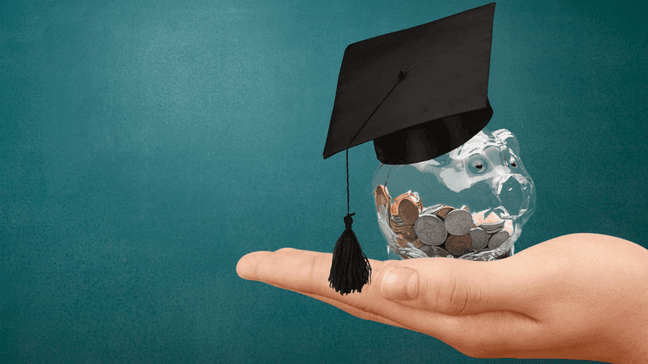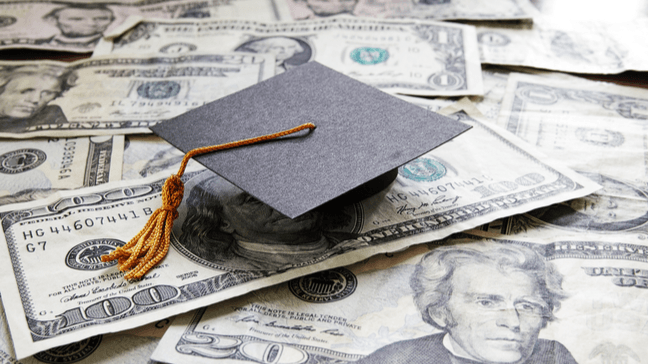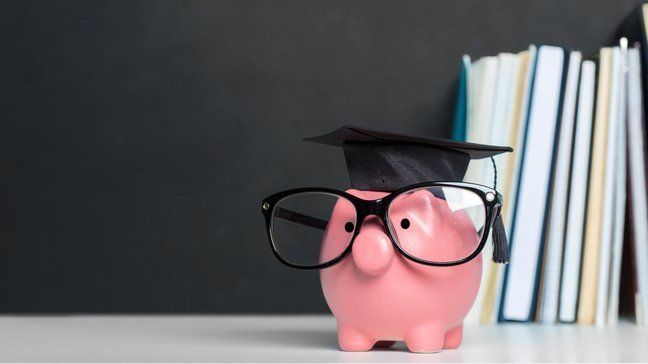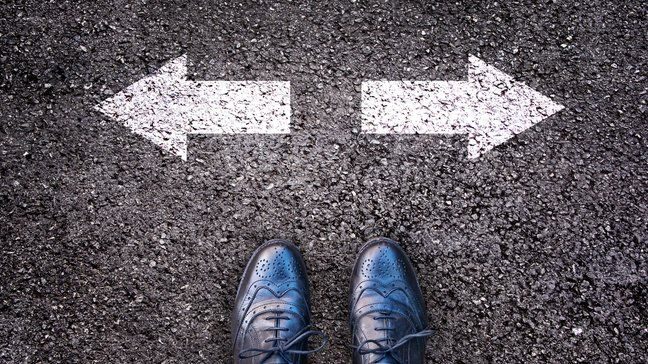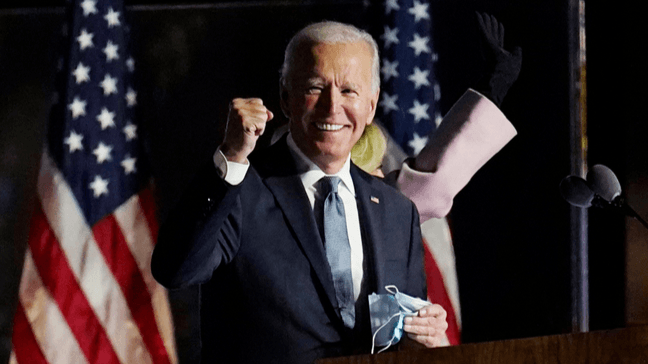
While some form of student loan forgiveness is on the Biden presidency’s agenda, it remains to be seen exactly how much is going to be forgiven. Biden has expressed support for canceling as much as $10,000 in student education loans for qualified borrowers, while Senators Chuck Schumer and Elizabeth Warren have urged the President to cancel up to $50,000 in student loan debt.
Proponents of student loan cancellation reason that forgiving federal student education loans is possible through executive order and that doing so would raise the economy and provide relief for millions of struggling Americans.
But nothing in life is for certain, so you shouldn’t just sit around and watch for your loans to become forgiven. Let’s talk about what you can do meanwhile.
1. Keep in mind that student loan payments and interest are paused until a minimum of September

As area of the CARES act passed in March of 2022, federal student education loans entered administrative forbearance due to the coronavirus pandemic. In January of 2022, these emergency relief measures were extended until a minimum of September 30, 2022. During administrative forbearance, payments on student education loans are paused, loans do not accumulate interest, and collections have been stopped on defaulted loans.
2. Decide whether you need to make payments during the suspension
Whether or not you intend in order to save or repay has given depends on your particular situation. If you’ve been affected financially through the pandemic, the pause in payments is likely a welcome relief. Instead of fretting about making monthly student loan payments, you can focus your money on building up a safety net, paying off other high-interest debt, or affording necessary expenses.
On another hand, if you’ve had the opportunity to weather the pandemic relatively unscathed with regards to your finances, you might like to consider using this chance to pay for down your debt faster as the loans are in a 0% interest rate. Having said that, there’s no guarantee that some type of education loan forgiveness won’t be implemented in the future, so be cautious before funneling your savings into your student loans. Based on your rates, investing extra funds could also produce a better return than paying down loans early.
3. Ask for a refund if you’ve already made payments and are now struggling financially
One thing many borrowers might not be conscious of is that it’s easy to receive a refund for any payments made after March of 2022 on qualifying federal student education loans. If you’ve been negatively impacted by the pandemic and could use the extra funds for emergency expenses, you can speak to your lender to be able to receive a refund on any payments made after administrative forbearance went into effect.
4. Consider applying for an income-driven repayment plan
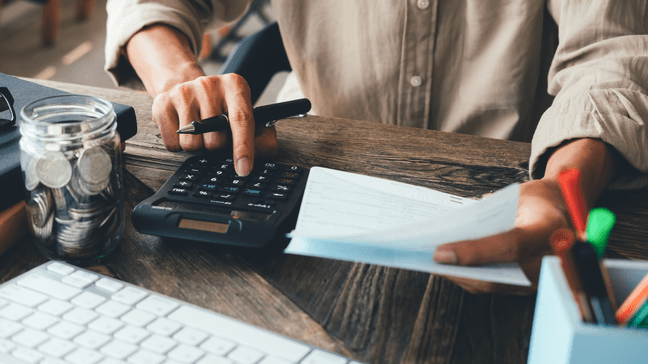
In most cases, individuals with student education loans opt for a standard repayment plan without fully understanding their options. The conventional repayment schedule, which spreads education loan payments out in equal installments during the period of ten years, can lead to prohibitively expensive monthly payments for graduates with outsized debt burdens.
Some borrowers might be able to lower their monthly obligations by registering for an income-driven repayment schedule. These plans base your monthly loan payment in your income, allowing borrowers with low incomes to make smaller payments each month on their own loans. Income-driven repayment plans include the Revised Pay As You Earn Repayment schedule (REPAYE), the Pay While you Earn Repayment schedule (PAYE), the Income-Based Repayment Plan (IBR), and the Income Contingent Repayment Plan (ICR).
Depending of the routine, income-driven plans allow you to pay 10%, 15%, or 20% of the discretionary income toward student loans every month. (Biden has proposed lowering payments to 5%). Your discretionary income is in line with the money you've leftover after 1.5 times the government poverty guidelines for the location continues to be subtracted from your adjusted gross income. After 20 years of payments with an income-driven plan, the remaining balance in your student loans will be forgiven.
5. See if you be eligible for a existing debt forgiveness policies
While President Biden has yet to enact the sweeping student debt cancellation that will affect countless borrowers, there are still several ways you may be in a position to be eligible for a student loan forgiveness or discharge.
Most notably, Biden has recently canceled student loans for borrowers having a total and permanent disability. This means that if you meet the qualifications for permanent disability, you might be entitled to a relieve your federal student loans.
Biden has also expanded the amount of borrowers who qualify for education loan forgiveness through Closed School discharge and Borrower’s Defense discharge policies. For those who have student education loans from a school that closed while you were enrolled or soon after you withdrew, you may be able to have all of your federal student loans discharged. Similarly, if the institution you attended involved in misleading or fraudulent practices, some or all your student loans may be able to be discharged.
Finally, Biden has plans to expand Public Service Loan Forgiveness to additional borrowers. Underneath the current rules, borrowers may qualify for forgiveness after ten years of qualifying monthly obligations within qualifying repayment schedule while working full-time for any government or nonprofit employer. However, merely a little over 1% of applicants happen to be approved for PSLF because the program’s start. Biden has proposed relaxing what's needed for PSLF to make it simpler to qualify.
6. Consider different techniques for federal and student loans
Federal student loans are from the federal government, while private student loans are issued by lenders like banks and credit unions. So far, the conversation surrounding potential student debt forgiveness continues to be focused solely on federal student loans. It is because federal education loan debt could be canceled through an executive order from the President or through legislation.
In contrast, private student loans tend to be more difficult for the federal government to cancel. Although some lenders have provided to pause payments on private student loans during the pandemic, private student loans also don’t qualify for administrative forbearance.
If you’re can not manage debt from private student education loans, refinancing your loans will let you to lower your rate of interest and pay off your loans faster.
7. Don’t ignore your student debt
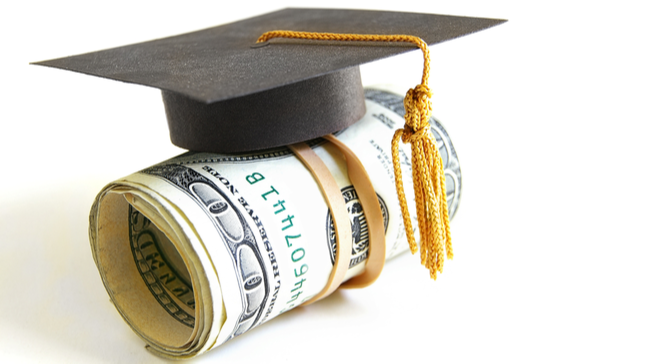
Administrative forbearance on student education loans lasts until at least September and may be extended further. Having said that, simply because payments are paused doesn’t mean you should ignore your student debt. Instead, you should come up with an intentional arrange for the way you wish to manage your debt during after the payment suspension.
For some people, that could mean pausing monthly obligations throughout the suspension, then trying to get an income-driven repayment plan when monthly obligations resume. For other people, the 0% interest rates may represent an opportunity to pay off your financial troubles faster.
Whatever strategy you choose to adopt when it comes to has given, it’s important to understand the benefits and drawbacks and become intentional regarding your decision. If you opt to pause payments or make an application for an income-driven plan, you should know that it could take more time to pay off your loans, and you may wind up paying more in interest with time.
If you choose to take advantage of the low interest rates to be able to reduce debt faster, it’s important to be aware that some quantity of debt may be forgiven later on.
8. Help make your voice heard
Struggling with student debt and frustrated with your current options? Politicians like Customer advocates and Chuck Schumer are encouraging Americans to create their voices heard. Here are some methods to share your thinking on student debt cancellation with President Biden:
- By email – You are able to email the White House by using this form.
- By phone – You can reach them by telephone at 202-456-1111.
- By letter – You can mail instructions to:
The White House
1600 Pennsylvania Avenue, N.W.
Washington, DC 20500
You may also contact local representatives, Senators, and people in Congress about student debt cancellation.
Summary
Student debt cancellation has again made headlines in recent weeks as individuals, organizations, and elected officials urge President Biden to think about enacting sweeping student debt cancellation measures. As the Biden administration has not committed to the more expansive proposals favored by politicians like Warren and Schumer, it also hasn’t ruled them out.
If you have opinions about student debt cancellation, you should consider contacting your elected officials to make your voice heard.

